The FACTS about Coronavirus Disease 2019 (COVID-19), updated April 7, 2020
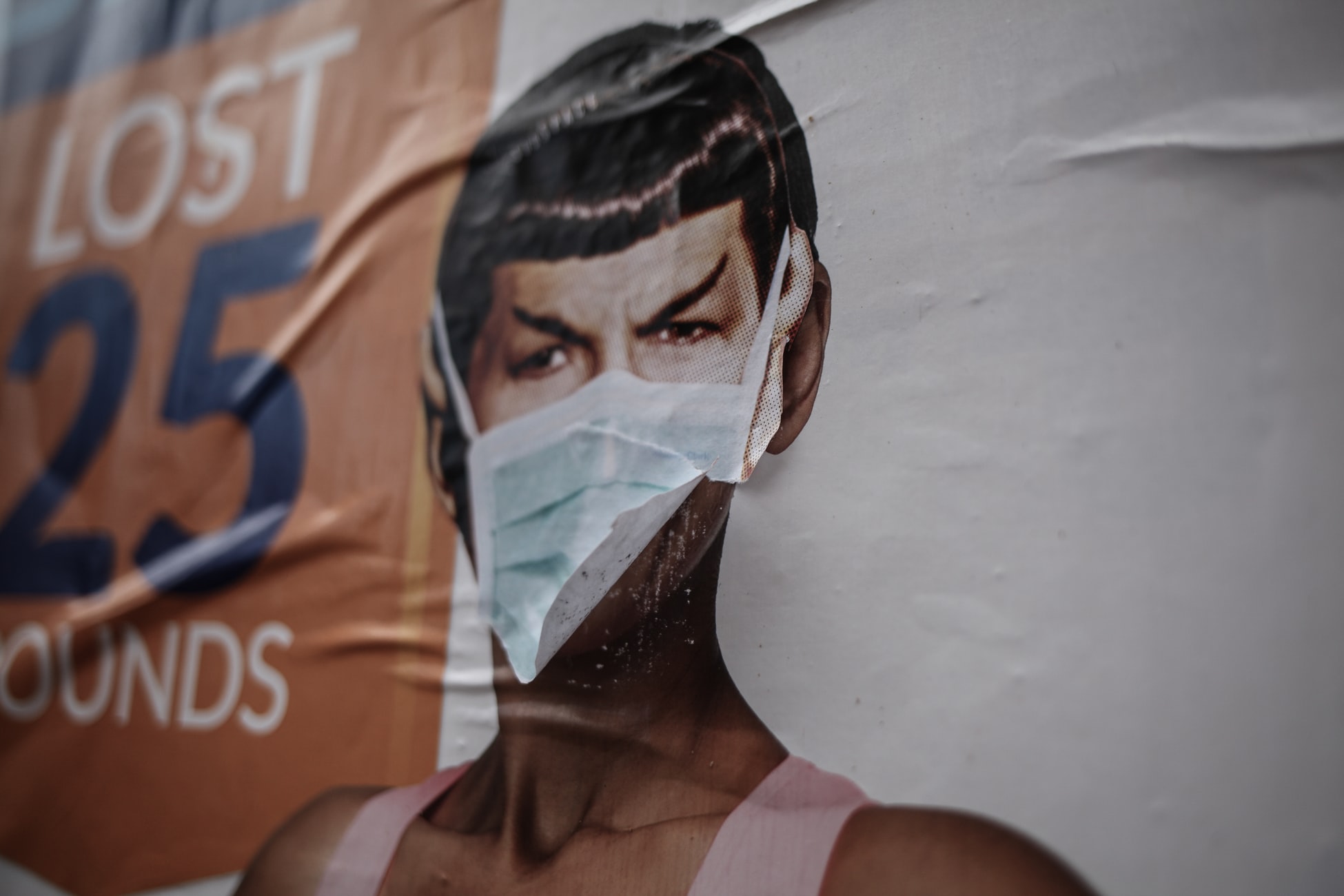 SARS-CoV-2 is the virus and COVID-19 is the disease caused by it.
SARS-CoV-2 is the virus and COVID-19 is the disease caused by it.
Death rates are only of those diagnosed, not all those infected.
There are many questions that are being asked about the current COVID-19 outbreak. We have tried to provide you with answers to the most frequently asked questions.
Fact 1: Origin of the virus
- Coronaviruses are viruses commonly found in humans and animals. In humans, the common cold is caused by viruses of the coronavirus family. Some types of coronavirus that circulate among animals can also infect humans: camels were the host for the Middle East Respiratory Syndrome Coronavirus (MERS-CoV), civet cats for Severe Acute Respiratory Syndrome Coronavirus-1 (SARS-CoV-1) and an as-yet unidentified wild animal (possibly snake or pangolin) for SARS-CoV-2, which is causing the current outbreak of COVID-19 that is thought to have started at a wet market in Wuhan, China, where live wild and farmed animals are housed, slaughtered and sold. These animals, however, are thought to be intermediate hosts, with the original source thought to be bats.
- There is a rumor circulating that the virus was accidentally released from a research lab in the Wuhan Virological Institute, which is located near to the Wuhan wet market. While investigators at the institute do study viruses, including those isolated from bats, there is no direct evidence that this has occurred.
Fact 2: Is this virus like the seasonal flu virus?
- COVID-19 and influenza are caused by completely different and unrelated types of viruses; thus, SARS-CoV-2 should not be expected to have the same outcome as the flu virus.
- Because no one has ever before been infected with this new virus, no one has pre-existing immunity and therefore, overall, it is expected that the proportion of the population who become infected and numbers of dead will be higher than influenza, where much of the population has seen similar viruses previously.
- The annual death rate for influenza in the US is about 0.1% of all identified infections, although in some years it is worse, especially when the virus jumps from animals (usually birds or pigs) to humans for the first time and causes a pandemic flu.
- It is hard to accurately state the death rate for COVID-19, since in many countries testing is only done for serious cases, and in all countries there are asymptomatic cases that wouldn’t be tested. Thus, the death rate will be lower than official numbers, which range from about 1-10%. It is not completely clear why some countries have much lower death rates than others, but in addition to testing differences, this might be accounted for by population age and health factors. For comparison, the 1917/1918 Spanish Flu pandemic had an estimated mortality rate of 2.4%.
- These facts combined mean that much higher rates of hospitalization and intensive care will be required if SARS-Co-V2 spreads unchecked. This is the reason governments are responding so strongly to it.
- Influenza is a seasonal virus that peaks during the colder winter months and largely disappears during the summer months. Not all viruses have seasonality, and at present it is unknown whether or not this is true of SARS-CoV2. We cannot count on the virus disappearing in the warmer months, but if it does, then a second wave might be expected around November in the Northern Hemisphere.
Fact 3: How does COVID-19 spread? What are the risks for becoming infected?
- Originally it was thought to be transmitted primarily via respiratory droplets when symptomatic infected people sneeze or cough; viruses can travel in the air for at least one meter and be inhaled by someone nearby. However, it is now recognized that a significant proportion (estimated 25-50%) of infected people are asymptomatic yet can still spread infection to others simply by breathing. Due to this, it is now necessary to think of everybody as potentially infected and behave accordingly. The recommendation is to remain at least 2 meters (6 feet) from everybody who is not a household member.
- Another primary route is touching one’s face with hands that were contaminated by shaking hands with an infected person or touching an infected surface; transmission can occur through touching your mouth, nose or eyes. The virus can survive for several days on surfaces such as money, elevator buttons, tables and door handles. Current estimates are up to 24 hours for paper and cardboard and up to 3 days for plastic and other shiny surfaces. Alarmingly, it was possible to recover viral RNA from surfaces in the Diamond Princess cruise ship 17 days after passengers disembarked, although it wasn’t shown that it was complete and thus infectious.
- A possible route of spread is via aerosolized fecal material (for example if an infected person has diarrhea) that is then inhaled by a non-infected person.
- There is no evidence at the moment that the virus is spreading via food; however, it is very likely that infected people are circulating in grocery stores and it is therefore prudent to treat groceries either by washing, sterilizing or leaving untouched for 3 days before putting away.
Fact 4: What are the symptoms of COVID-19?
- The incubation period, during which no one has symptoms, can be from a few days up to a month, but in the vast majority of cases it is 5 to 10 days. This is why quarantine periods are typically 14 days.
- It is now clear that there are many cases (estimated 25-50% of cases) that develop no symptoms at all, yet they can still be infectious to others.
- Many other cases have only mild symptoms such as sore throat and sniffles that can be similar to other common respiratory infections.
- For those who do become more symptomatic, fever, cough and shortness of breath are the most frequent symptoms, often accompanied by general “flu-type” symptoms such as fatigue and muscle/joint aches that last for 1 to 2 weeks then resolve on their own.
- After 7-10 days of symptoms, as described above, some patients take a sudden turn for the worse.
- The most severe cases develop pneumonia, acute respiratory distress syndrome, sepsis and septic shock that results in multi-organ failure (kidney, liver etc). These patients require support by ventilators, often with intubation (patient is sedated and tube passed directly into windpipe), and in the worst cases, the blood may have to be artificially oxygenated outside the body (with a heart-lung machine). Unfortunately, the majority of intubated patients will not survive.
- Race and ethnicity DO NOT play a role in who will become infected, nor in how severe their COVID-19 disease will be.
Fact 5: When and where should I be tested if I am suspicious?
- The ECDC provides very specific guidance on this:
- “It will depend on the stage of the outbreak in the country or area where you live. Countries might be at different stages of the epidemic, and the approach to testing may differ according to country policy. This is adapted to the situation at local and national level.
- If you live in a country or area where there has been no or very limited transmission, ECDC advice is that you should be tested if you have:
- Acute respiratory tract infection (sudden onset of at least one of the following: cough, fever, shortness of breath) AND with no other cause that fully explains your illness AND with a history of travel or residence in a country/area reporting local or community transmission* during the 14 days prior to symptom onset; OR
- Any acute respiratory illness AND having been in close contact with a confirmed or probable COVID-19 case in the last 14 days prior to onset of symptoms; OR
- Severe acute respiratory infection (fever and at least one sign/symptom of respiratory disease (e.g., cough, fever, shortness of breath) AND requiring hospitalization AND doctors can find no other cause that fully explains your illness.”
Fact 6: Who is at an increased risk of becoming severely ill when infected with COVID-19?
- Older people (>60 years) and individuals with underlying medical conditions are at greater risk for severe disease and death. Underlying medical conditions include cardiac and pulmonary problems, as well as hypertension.
- Men have a higher death rate than women in many countries, which might be related at least in part to the fact that older men are more likely to have been lifelong smokers than older women.
- While the majority of severe disease is in older people, it should be noted that this rapid deterioration can happen in people of any age, including children and those who were completely healthy prior to COVID-19 exposure. It is not well understood why some people deteriorate rapidly, but it appears that an over-response of the immune system to the virus contributes.
- There is no evidence at the moment that pregnant women will be impacted more severely. The agencies are continuing to monitor this group.
Fact 7: What do I do if I think or know I am infected?
- Consult with your doctor, usually by phone, who will assess your symptoms and provide advice on what to do. Typically:
- If your symptoms are mild, stay home and isolate yourself from others until you have cleared the virus. However watch for the potential that your condition could suddenly deteriorate and act quickly to get yourself to a hospital if it does.
- If your symptoms are more severe, follow local guidance on how to report to a hospital for receiving medical care.
Fact 8: How can I prevent it from spreading?
- Since the virus can be spread by those in their incubation period and those infected but asymptomatic, it is necessary to think of every other person as potentially infected.
- The most important measures to control spread are the social distancing measures, sometimes referred to as “lockdown.” These are discussed further below.
- When you do have to go out for essential activities such as medical visits or grocery shopping, then common sense applies:
- If you have any symptoms, including a fever or cough, don’t go out at all unless it is for medical support.
- Don’t shake hands with anyone.
- Keep a safe distance of at least 2 metres (6 feet) from anyone who is not a household member. Most but not all events that involve crowds are currently cancelled, but stay away from any situations where crowds would be expected (e.g., churches).
- Don’t visit friends and family members who don’t live with you unless it is outdoors and you respect the 2-meter distancing.
- Disinfect your grocery cart.
- Use tissues to turn on or off taps, push elevator buttons etc. then dispose of the tissue immediately - do not reuse.
- Wash your hands thoroughly and often with soap and water for at least 20 seconds, especially after you have touched surfaces outside your home. Alcohol-based hand sanitizers (with an alcohol content of 60% or greater) can be used if it isn’t possible to wash your hands.
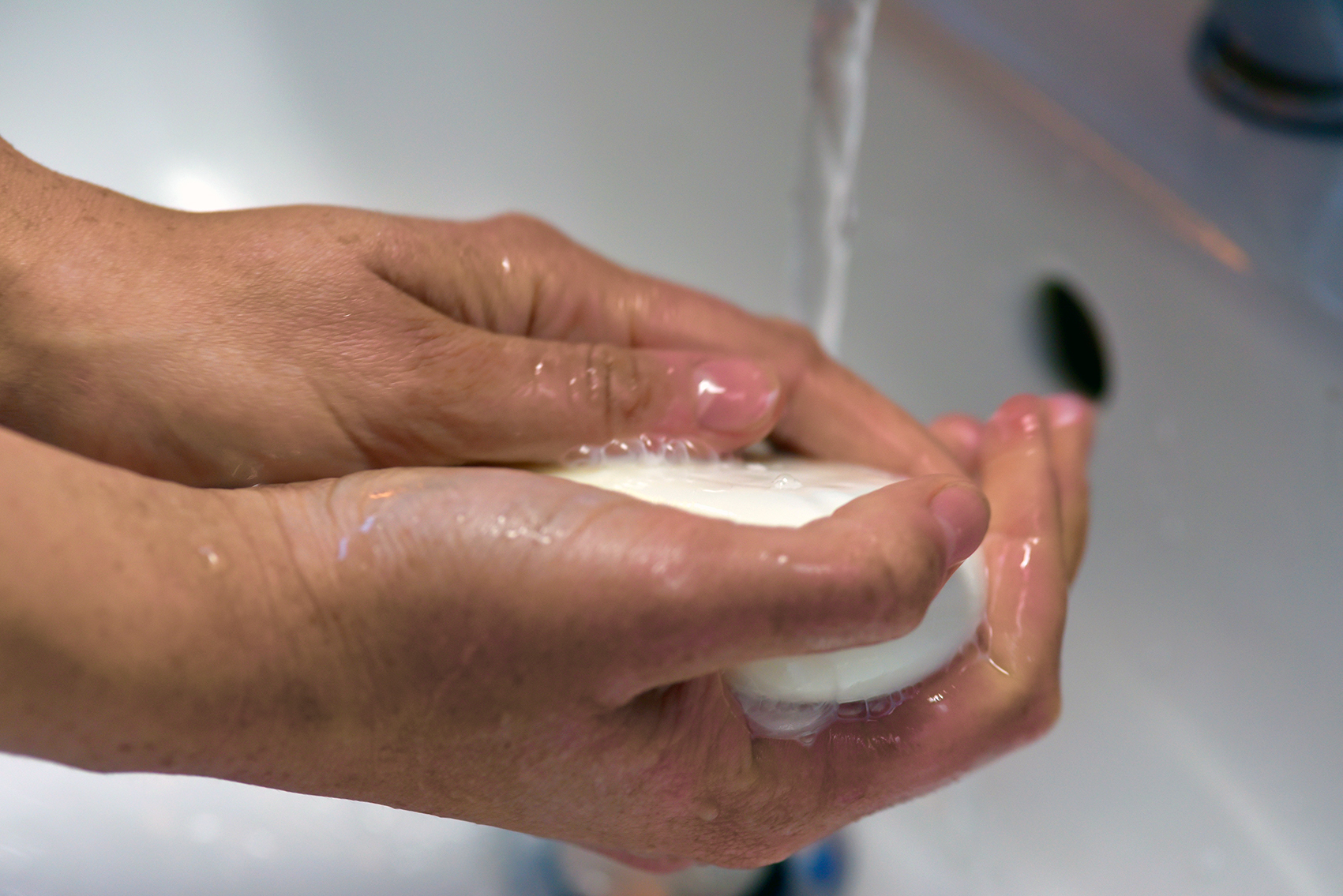 |
 |
 |
 |
- Practice cough and sneeze etiquette
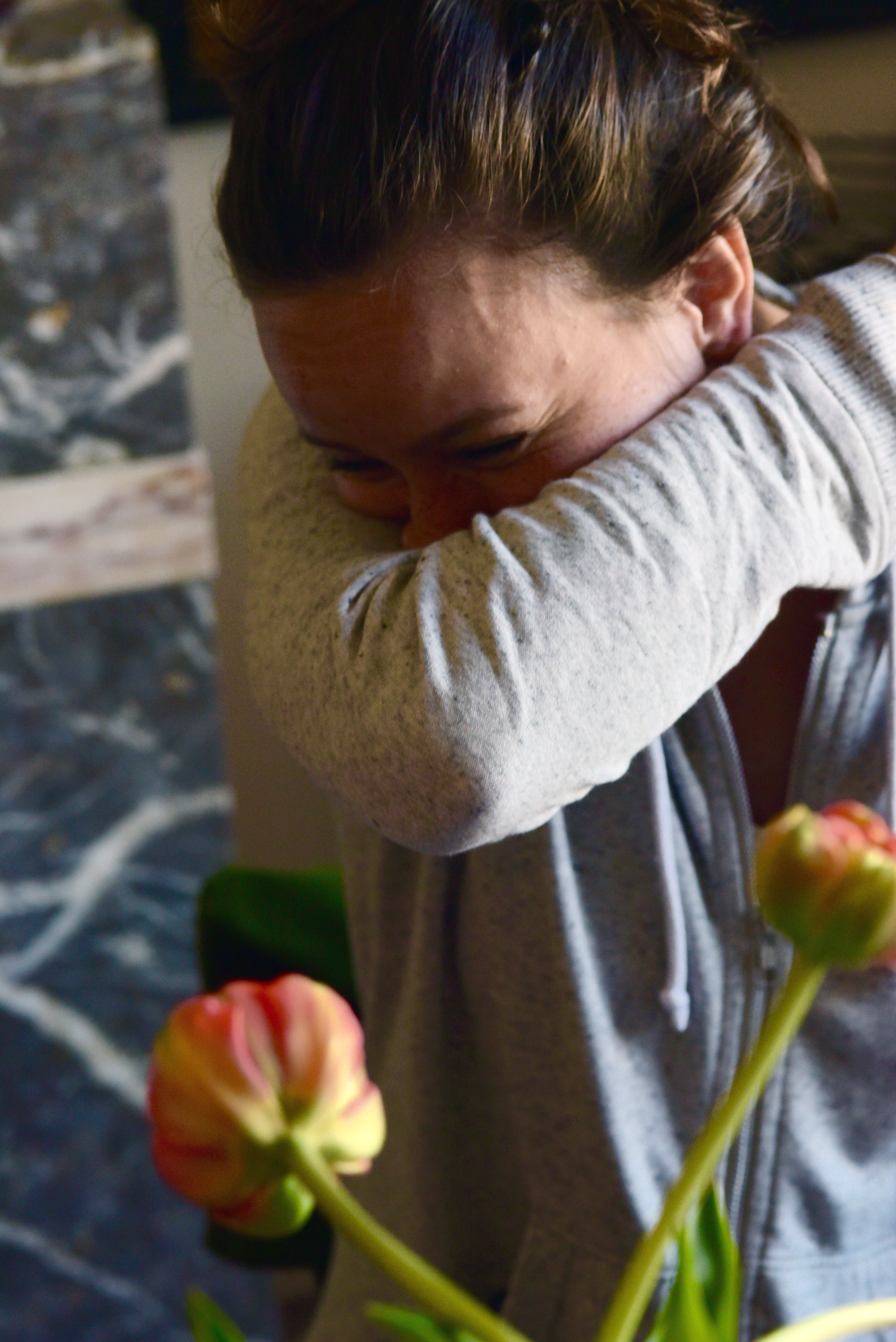 |
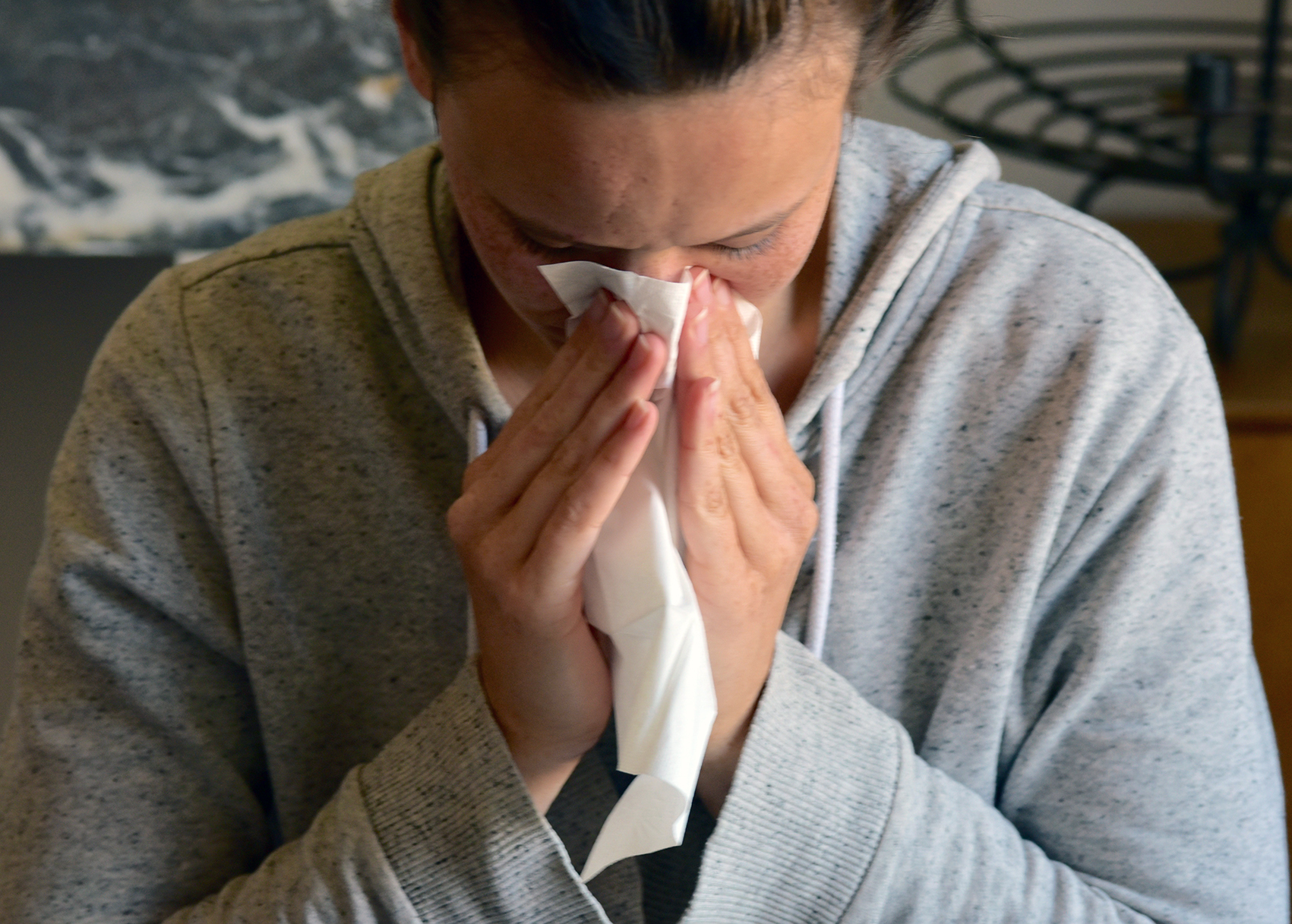 |
- Avoid touching your eyes, nose and mouth with unwashed hands.
- Most flights are cancelled, but consider no travel at all even if available
- There has been a lot of discussion about masks, and some countries are now recommending or even requiring them for the general population.
- It is important to recognize that the purpose of cloth or surgical masks recommended for the general public is to protect others from you in the event that you are infected. A mask should reduce the amount and distance that virus can go into the air when you exhale. It is not a guaranteed protection for anyone and therefore it is important that you don’t take greater risks just because people are wearing masks.
- Health care workers, on the other hand, should wear special N95 respirator masks that filter out viruses and will help protect them from becoming infected as they deal with COVID-19 patients. Due to a worldwide critical shortage of N95 masks, it is important that the general public do not try to obtain these. Just follow social distancing rules and wear a cloth mask that you can make yourself, if it is a requirement.
Fact 9: Is social distancing working?
- At the beginning, efforts were put into identifying those infected, doing contact tracing, and putting them under quarantine or self-isolation to prevent spread into the community.
- Now that the virus is widespread in most countries of the world, this is no longer feasible, so social distancing rules have been put in place in most countries.
- Social distancing, which essentially involves everyone staying in their own home except for essential purposes, and when out staying at least 2 meters (6 feet) form everyone else. As such, schools and most businesses are closed.
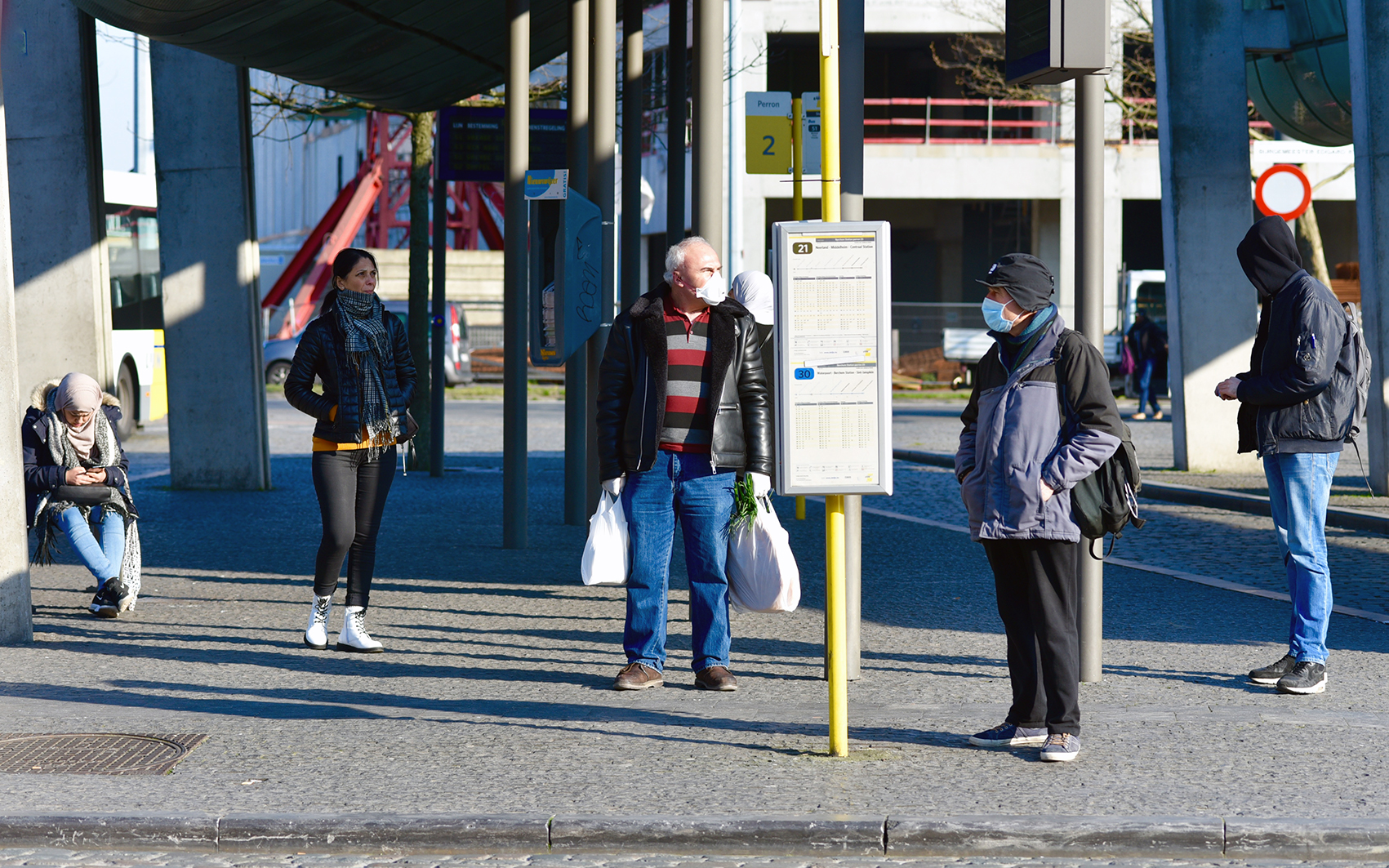
- The main purpose of social distancing is to “flatten the curve”. If no measures were in place, the rate of spread and thus of serious disease would completely overwhelm the health care systems and many unnecessary deaths would result. With social distancing there will be fewer new cases each day, and the health care system has a chance to cope.
- The effect of social distancing is not immediate, since the incubation period is up to 2 weeks for most, and then the time to have serious symptoms can be another 2 weeks, so it may be only after a month of “lockdown” that the number of newly identified cases and deaths really start to fall. It is important to understand this and not be discouraged that cases are rising despite all the sacrifices people are making. Know that it would be MUCH WORSE if no social distancing were in place.

Fact 10: Is there treatment for COVID-19?
- No, there is no proven treatment yet. Individuals who require hospitalization are provided with supportive care – e.g., oxygen and intravenous fluids. In cases of severe pneumonia, patients may require artificial ventilation with a respirator or intubation, and possibly even extracorporeal oxygenation of their blood (heart-lung machine).
- Several clinical trials are underway testing antiviral drugs or immune system modulators that could potentially be used to reduce disease severity in those already infected. The first drugs being tested are those that have already been tested in humans or developed for other conditions and can be repurposed; this allows them to enter testing quickly, and results are expected from April through June. To develop a new antiviral specific to SARS-CoV-2 will take much longer, as extensive testing in the lab and then in human trials will be required.
- The ultimate goal is to have a vaccine to protect healthy people from becoming infected in the first place. There is no vaccine available at the moment, and “repurposing” another vaccine is not possible since they have to be very specific to the virus: this is why a regular flu vaccine will not provide any protection against COVID-19. Several companies are working on vaccines against COVID-19, but it is important to acknowledge that it will take significant time before a vaccine is available, as it needs to undergo extensive pre-clinical and clinical testing to determine its safety and efficacy. Normally it takes 5-10 years to develop a new vaccine; however, efforts are being made to reduce this to about 12-18 months. It also needs to be recognized that even once there is proof that a vaccine is effective, it will take additional time to manufacture enough to meet the demand, and the first vaccines will be reserved for those most at risk, such as health care workers and first responders. Therefore, countries should plan to deal with the virus for up to two years before a vaccine is widely available.
Fact 11: How long will this outbreak last?
- It is completely unknown, as we are dealing with a new virus.
- As mentioned earlier, it is unknown whether the warmer spring and summer months (northern hemisphere) will have an impact on the spread of the virus, but if it does, a second wave might be expected by November in northern hemisphere countries.
- The initial goal of the “shelter at home” or “lockdown” measures, as mentioned above, is to flatten the curve of people requiring hospitalization. Once that is under control, governments will cautiously open up their societies, and this will surely be done differently in different countries. The key goal will be to prevent another uncontrolled outbreak, so large crowd events may be restricted for a considerable time, and travel restrictions may stay in place.
- Efforts are underway to develop an antibody test that can determine if a person was once infected, even if they are fully recovered. While it is still unproven that the antibodies developed by having had COVID-19 once will protect against a future infection, based on our knowledge of other viruses, it will likely provide some, if not complete protection for at least a period of time. Knowing who has recovered from an infection, even if they never had symptoms or diagnosis, could potentially allow some people to return to work earlier than others.
- Once a vaccine is developed, it should be possible to create “herd immunity.” This means that enough of the population is vaccinated such that the virus really can’t spread easily through the overall population, even those not vaccinated. The proportion of the population that needs to be vaccinated depends on how infectious the virus is, but it is usually between 50 and 90%. This explains why it isn’t possible to just let the pandemic run through the population in order to create herd immunity: to date, most countries have still had less than 1% of their population infected, and this has already overwhelmed their health care systems. A vaccine is the only reasonable approach to develop herd immunity.
The “What you need to know" compiled by the ECDC provides an excellent overview of information. Save it on your PC or print it out, but keep it handy for a quick reference.
Photo courtesy: Brigitte Meuwissen, AWC Antwerp
Sources:
- https://www.cdc.gov/flu/about/burden/2018-2019.html
- https://www.cdc.gov/coronavirus/2019-ncov/about/share-facts-h.pdf
- https://www.ecdc.europa.eu/en/novel-coronavirus-china/questions-answers
- https://www.ecdc.europa.eu/sites/default/files/documents/covid19-leaflet-public-travellers-EC-en.pdf
- https://www.who.int/docs/default-source/coronaviruse/who-china-joint-mission-on-covid-19-final-report.pdf
